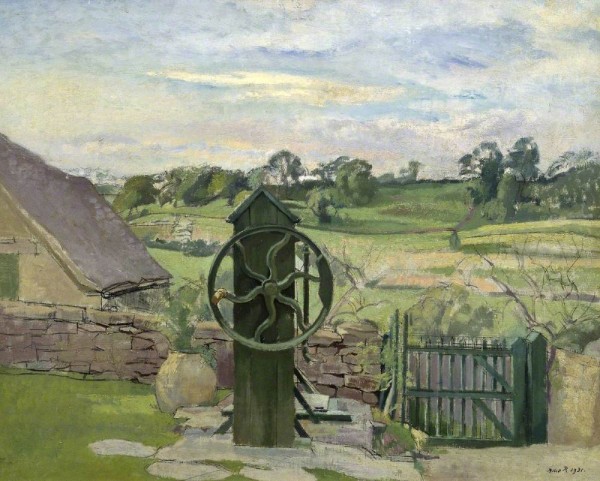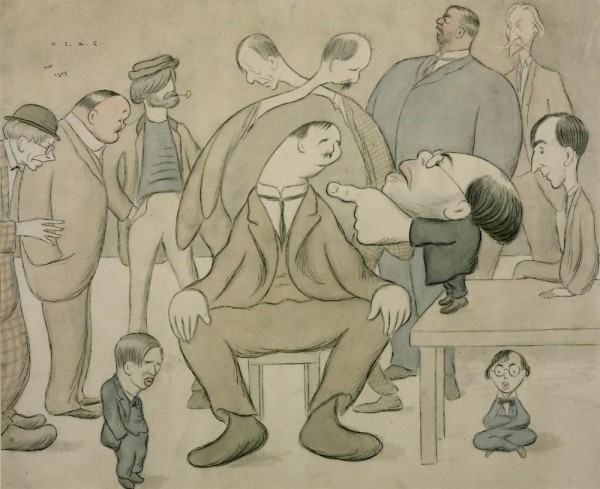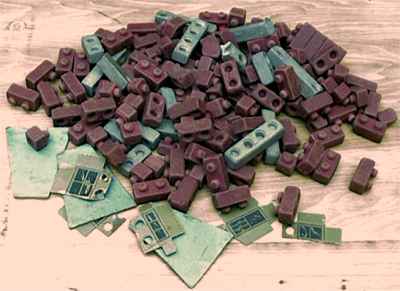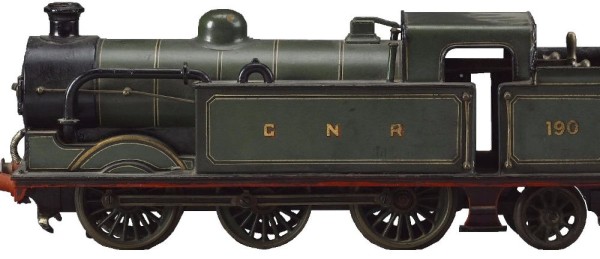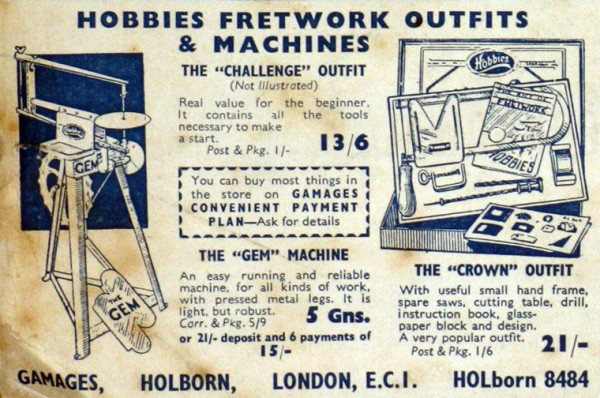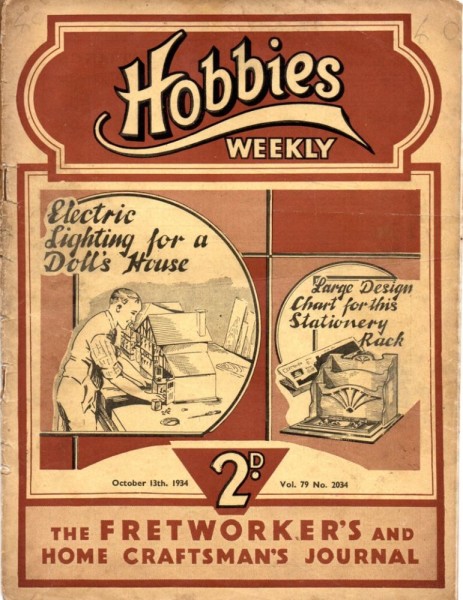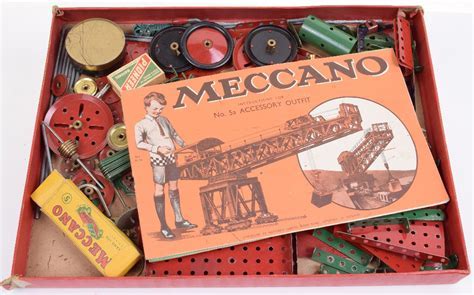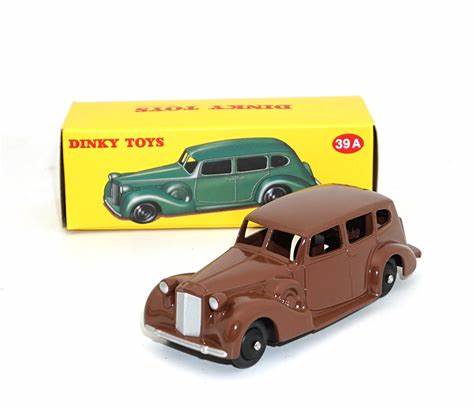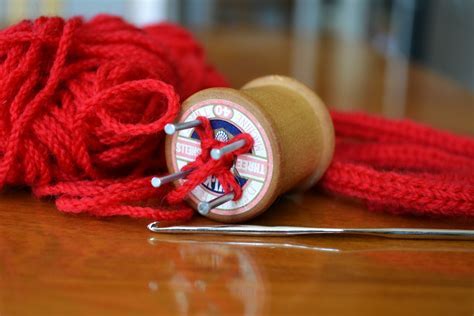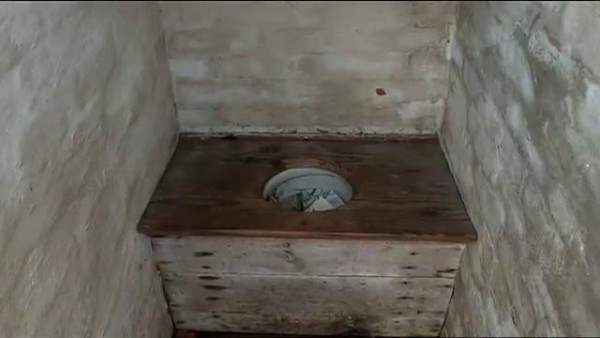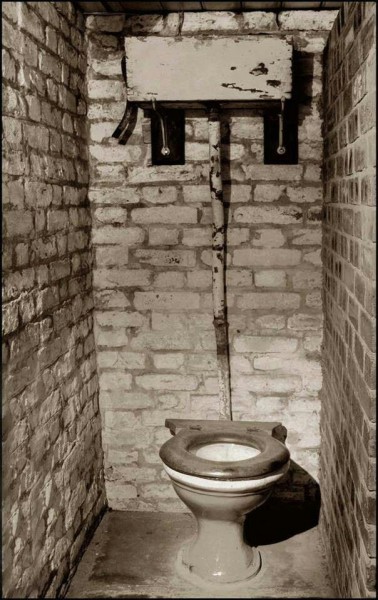Discovering Paintings : Jacopo Bassano the Elder.
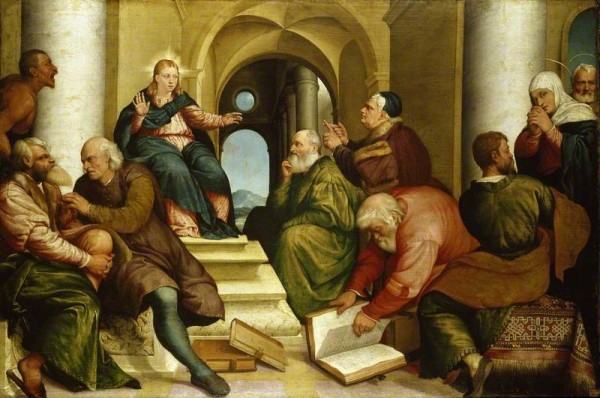
Bassano the elder, Jacopo; Christ among the Doctors; The Ashmolean Museum of Art and Archaeology, Oxford.
This painting, in the Ashmolean Museum in Oxford, is large – and crowded – so crowded that it is difficult to get to grips with and understand what is going on and who are the many figures piled up on steps to an imposing building. I first saw the work when I was preparing to give a Gallery talk – trying to consider whether it was a work I might discuss with adults. After a few minutes of letting my eye wander around the work, my usual initial approach in selecting works to explain and discuss, I must admit that I was struck by the appearance of the rumbustious actor Brian Blessed on the left-hand side!! Ah!! – that would be a good start for exploration and discussion.
But what is the painting depicting? The title, as printed on the gallery label, states ‘Christ amongst the Doctors). I became aware donkeys years ago when school-teaching that the depicted subject was not readily understood – too often youngsters, and many adults, assumed that ‘Doctor’ meant a Medical Doctor. Of course the term refers to eminent scholars, Doctors of Theology or Philosophy – wise men (but not to be confused with the Wise Men of the Christmas Story). My usual method of teaching in my Art Appreciation Groups within art galleries is to get the students to visually explore the painting and offer up their comments for general discussion. Most of the groups begin to exchange their views – some more knowledgeable than others but usually producing a common view or opinion. In the case of this work things were getting off to a slow start – some saying, sometimes irritably, ‘of course that is Jesus in the Temple’ or similar relevant, accurate, comment. I agreed but then went on to ask whether everybody had really let their eyes wander round the whole painting – I encouraged them so to do for a few minutes. I then said, ‘ have you noticed the actor Brian Blessed?’ (in the bottom left of the painting). Things then took off!! The exploration began – of the images in the painting, on the historical background of the narrative portrayed, etc., etc. Such sessions I fond most stimulating – and convinces me that this the approach I not only personally like but likes by a curious audience.
David Addison. 14th June 2021.

